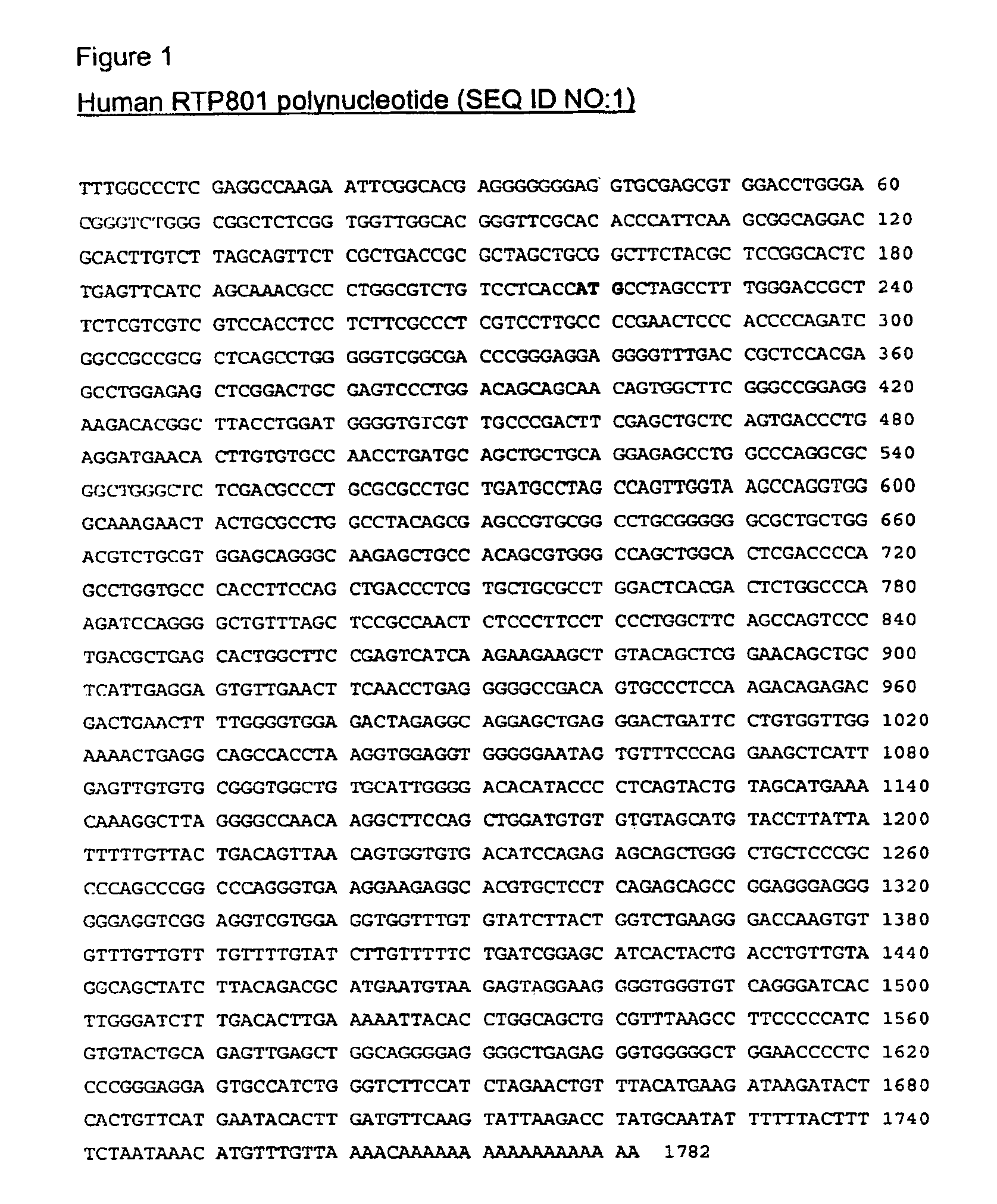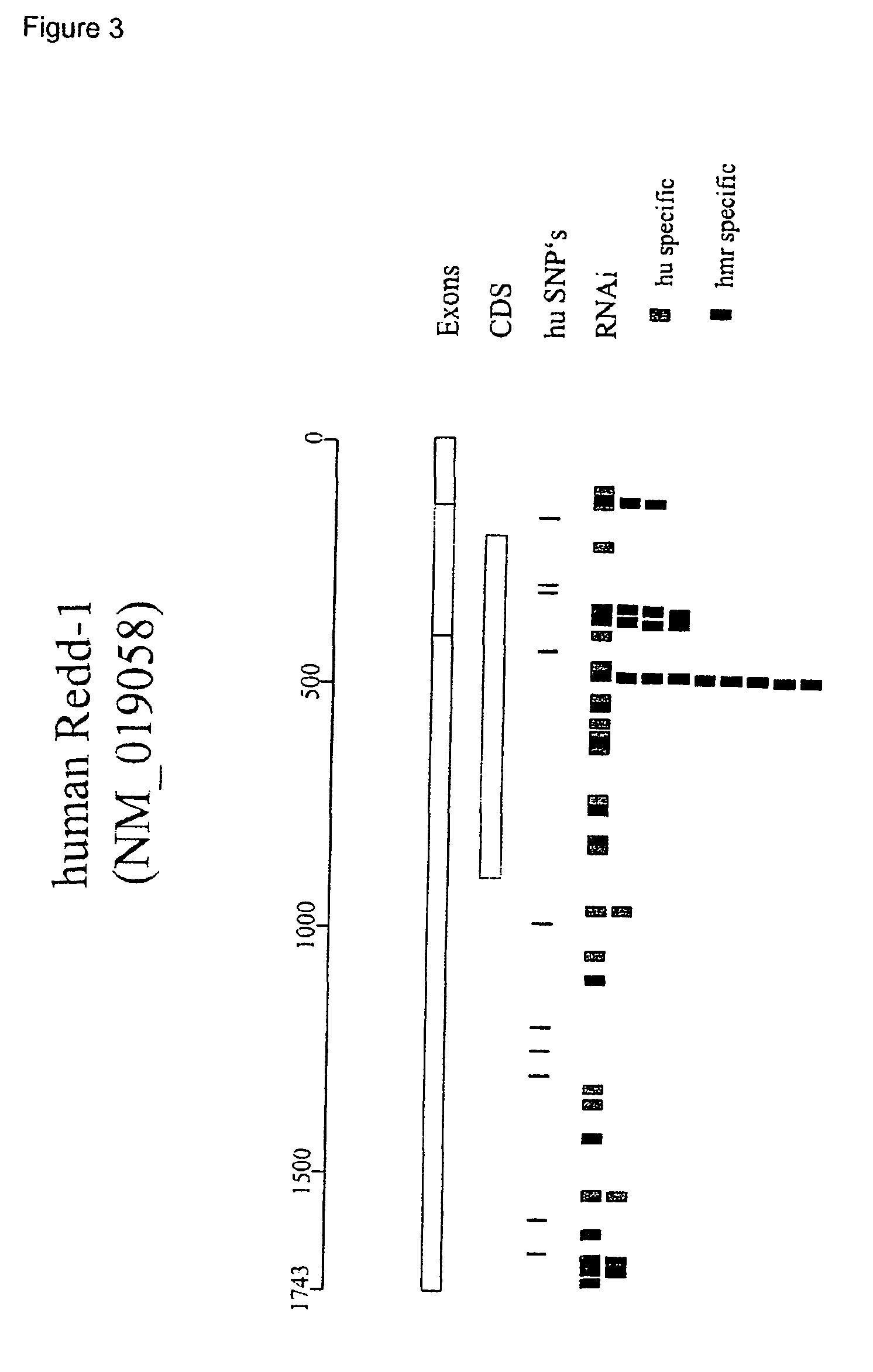Moreover, inhibition of VEGF signaling using chemical
VEGFR inhibitor leads to alveolar septal endothelial and then to epithelial
cell apoptosis, probably due to disruption of intimate structural / functional connection of both types of cells within alveoli (Yasunori Kasahara, Rubin M. Tuder, Laimute Taraseviciene-Stewart, Timothy D. Le Cras, Steven Abman, Peter K. Hirth, Johannes Waltenberger, and Norbert F. Voelkel. Inhibition of
VEGF receptors causes
lung cell apoptosis and emphysema.
The newly formed blood vessels are excessively leaky.
This leads to accumulation of subretinal fluid and blood leading to loss of
visual acuity.
While dry AMD patients may retain vision of decreased quality, wet AMD often results in
blindness.
This results in inappropriate
vasoconstriction and tissue ischaemia, even to the point of tissue loss.
The walls of the vessels become abnormally thick but weak.
They, therefore, bleed, leak
protein and slow the flow of blood through the body.
Although all diabetic cells are exposed to elevated levels of
plasma glucose, hyperglycemic damage is limited to those
cell types (e.g., endothelial cells) that develop
intracellular hyperglycemia.
The common pathophysiologic feature of diabetic microvascular
disease is progressive narrowing and eventual
occlusion of vascular lumina, which results in inadequate
perfusion and function of the affected tissues.
The absence of pain leads to many problems in the insensate foot, including ulceration, unperceived trauma, and Charcot neuroarthropathy.
A combination of sensory and
motor dysfunction can cause the patient to place abnormal stresses on the foot, resulting in trauma, which may lead to infection.
Autonomic sympathetic neuropathy causes
vasodilation and decreased sweating, which results in warm, overly dry feet that are particularly prone to
skin breakdown, as well as functional alterations in microvascular flow.
Advanced glycated end products—Elevated
intracellular levels of glucose cause a non-enzymatic covalent bonding with proteins, which alters their structure and destroys their function.
Consequently, they are at risk for developing ulcers and infections on the feet and legs, which can lead to
amputation.
This can lead to
hypoglycemia when an oral diabetic agent is taken before a
meal and does not get absorbed until hours, or sometimes days later, when there is normal or low
blood sugar already.
Sluggish movement of the small instestine can cause bacterial overgrowth, made worse by the presence of hyperglycemia.
Diabetes and pressure can impair microvascular circulation and lead to changes in the
skin on the lower extremities, which in turn, can lead to formation of ulcers and subsequent infection.
PVD occurs earlier in diabetics, is more severe and widespread, and often involves intercurrent microcirculatory problems affecting the legs, eyes, and kidneys.
Concurrent
peripheral neuropathy with impaired
sensation make the foot susceptible to trauma, ulceration, and infection.
With impaired circulation and impaired
sensation, ulceration and infection occur.
In diabetic patients, foot
ischemia and infection are serious and even life-threatening occurrences; however, neuropathy is the most difficult condition to treat.
Diabetes-induced limb amputations result in a 5-year
mortality rate of 39% to 68% and are associated with an
increased risk of additional amputations.
This condition further compromises the vasodilatory response present in conditions of stress, such as injury or
inflammation, in the diabetic neuropathic foot.
Most surgeons prefer to perform popliteal or tibial arterial bypass because of inferior rates of limb salvage and patency compared with more proximal procedures.
Whereas serious wound complications may have disastrous results, they are uncommon after pedal
bypass grafting.
It remains difficult to confirm these data
in vivo, although a recent paper demonstrated a correlation between
pathology and ocular micorovascular dysfunction (Am J Physiol 2003; 285).
A large amount of clinical studies, however, indicate that not only overt diabetes but also impaired metabolic control may affect coronary
microcirculation (Hypert Res 2002; 25:893).
There are no
drug treatments available.
Swelling within the crystalline lens results in large sudden shifts in
refraction as well as premature cataract formation.
Risk factors associated with DME include poorly controlled blood glucose levels, high
blood pressure, abnormal
kidney function causing fluid retention,
high cholesterol levels and other general systemic factors.
Despite advances in the understanding of the metabolic causes of neuropathy, treatments aimed at interrupting these
pathological processes have been limited by side effects and lack of
efficacy.
Thus, treatments are symptomatic and do not address the underlying problems.
However, BMT
retinopathy can develop in the absence of cyclosporine use, and cyclosporine has not been shown to cause BMT
retinopathy in autologous or syngeneic
bone marrow recipients.
Radiation injures the retinal microvasculature and leads to ischemic vasculopathy.
However, BMT
retinopathy can occur in patients who did not receive TBI, and BMT retinopathy is not observed in
solid organ transplant recipients who received similar doses of
radiation.
These vessels, often only 1 or 2 cm in
diameter, can develop atherosclerotic plaque, which seriously decreases
blood flow.
In addition, many individuals experience more subtle impairments of their higher brain functions (such as planning skills and
speed of processing information) and are at very high risk of subsequently developing
dementia.
Radiation could directly
damage DNA, leading to decreased regeneration of these cells and denudement of the
basement membrane in the glomerular capillaries and tubules.
It is postulated that degeneration of the endothelial
cell layer may result in intravascular
thrombosis in capillaries and smaller arterioles.
Taken as a group, diseases that cause transient or permanent
occlusion of renal microvasculature uniformly result in disruption of glomerular
perfusion, and hence of the glomerular
filtration rate, thereby constituting a serious
threat to systemic
homeostasis.
Over the past 40 years, the
survival rate for acute renal failure has not improved, primarily because affected patients are now older and have more comorbid conditions.
The toxic effects of various ototoxic therapeutic drugs on auditory cells and
spiral ganglion neurons are often the
limiting factor for their therapeutic usefulness.
For example, antibacterial aminoglycosides such as gentamicins, streptomycins, kanamycins, tobramycins, and the like are known to have serious
toxicity, particularly
ototoxicity and
nephrotoxicity, which reduce the usefulness of such
antimicrobial agents (see Goodman and Gilman's The Pharmacological Basis of Therapeutics, 6th ed., A. Goodman Gilman et al., eds; Macmillan Publishing Co., Inc., New York, pp.
Clearly,
ototoxicity is a
dose-limiting side-effect of antibiotic administration.
From 4 to 15% of patients receiving 1
gram per day for greater than 1 week develop measurable
hearing loss, which slowly becomes worse and can lead to complete permanent deafness if treatment continues.
Unfortunately, they too have ototoxic side effects.
Moreover, if the
drug is used at
high doses for a prolonged time, the hearing impairment can become persistent and irreversible.
In mammals, auditory hair cells are produced only during embryonic development and do not regenerate if lost during postnatal life, therefore, a loss of hair cells will result in profound and irreversible deafness.
Unfortunately, at present, there are no effective therapies to treat the
cochlea and reverse this condition.
The lack of adequate blood flow leads to
ischemic necrosis and ulceration of the affected tissue.
With further extension of the ischemic duration,
cell structure continues to deteriorate, owing to relentless progression of ongoing injury mechanisms.
With time, the energetic machinery of the cell—the mitochondrial oxidative powerhouse and the glycolytic pathway—becomes irreparably damaged, and restoration of blood flow (reperfusion) cannot rescue the damaged cell.
Even if the cellular energetic machinery were to remain intact, irreparable damage to the
genome or to cellular membranes will ensure a lethal outcome regardless of reperfusion.
Under certain circumstances, when blood flow is restored to cells that have been previously made ischemic but have not died, injury is often paradoxically exacerbated and proceeds at an accelerated pace—this is
reperfusion injury.
Additionally, an ischemic episode may be caused by a mechanical injury to the
Central Nervous System, such as results from a blow to the head or spine.
In conclusion, current
modes of therapy for the prevention and / or treatment of
COPD,
macular degeneration microvascular diseases and ototoxic conditions are unsatisfactory and there is a need therefore to develop novel compounds for this purpose.
 Login to View More
Login to View More 


